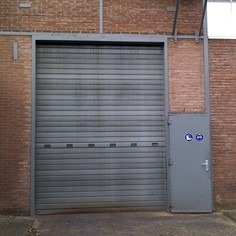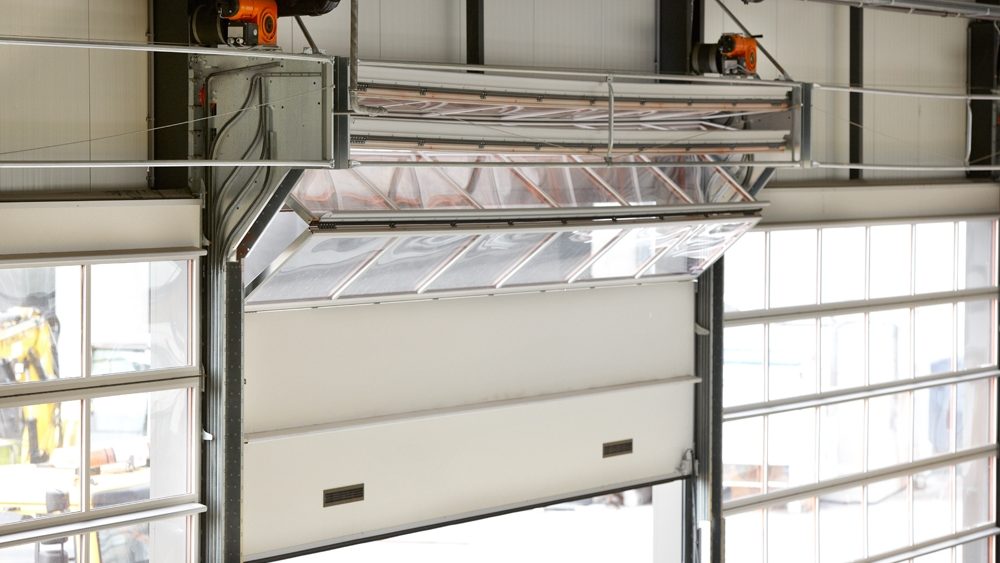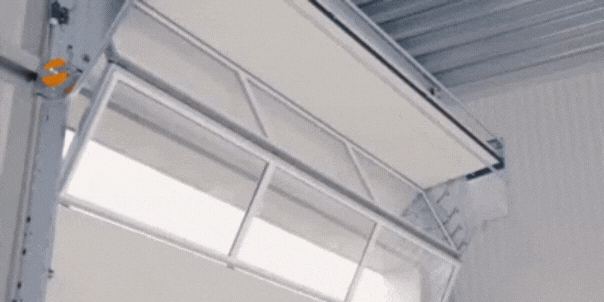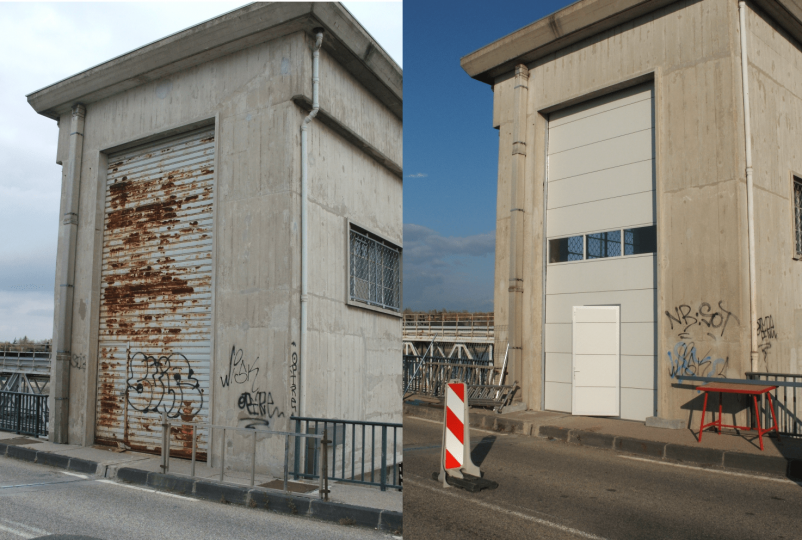For decades, roller doors have been considered the standard solution for industrial and commercial buildings when it comes to reliable and space-saving door closures. Whether in warehouses, production facilities or delivery zones, roller doors can be found in many places. But what makes them so popular? And are there perhaps modern alternatives that go one step further in terms of functionality and efficiency?
Why are roller doors so popular?
The biggest advantage of a roller door is its compact design. Unlike conventional industrial doors or overhead sectional doors, a roller door does not require any space to swing out and takes up very little space on the ceiling. The curtain – usually made of aluminium or steel – rolls up above the door opening when opened, saving space. This means that the interior space remains fully usable, which is a decisive factor, especially when space is limited.
At first glance, a traditional roller door seems practical, but in reality it often has disadvantages. One of the biggest weaknesses is poor insulation: the thin slats do not reliably retain heat or cold, which can lead to higher energy costs. Roller doors are also very limited in terms of design. Windows, strip lights or even an roller shutter with wicket door are hardly or not at all feasible, meaning that neither more daylight nor additional functionality is possible.

Another disadvantage is the high maintenance requirements. Since a roller door consists of many moving parts, it is more susceptible to wear and tear and requires regular maintenance, which incurs additional costs over the years. In addition, roller doors are often perceived as noisy during operation.
The Compact Door: The modern evolution of the roller door

As impressive as classic roller doors may be, the Compact door is the superior solution in many applications. It combines the space-saving features of a roller door with additional advantages that are specifically tailored to modern industrial requirements.
Unlike a roller door, which rolls up, the Compact folding door folds compactly upwards when opened. It does not require ceiling rails, leaving the entire ceiling area free. This is an enormous advantage if crane tracks, lighting or sprinkler systems are installed there.
Another key difference is the insulation. While simple roller doors often offer little to no insulation, the Compact door is heat and sound insulated as standard. This not only improves the indoor climate, but also reduces energy costs – an important consideration given rising energy prices.
Added to this is a high degree of flexibility in design. The Compact door can be customised with optional glass panels for more daylight or an integrated wicket door to facilitate pedestrian traffic. Such features are usually only possible to a limited extent or not at all with roller doors.
Roller door or compact door?
Roller doors have their merits and offer clear advantages. However, if you are looking for future-proof technology, better insulation and greater flexibility, the Compact door is a well-designed and economical alternative.

